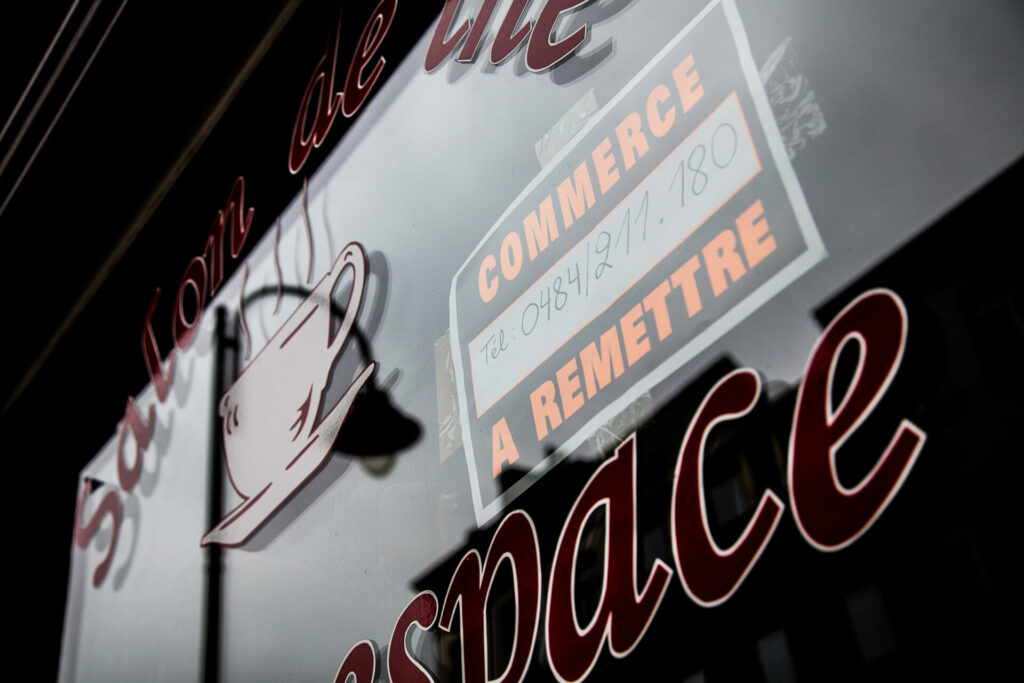In the space of the last 15 years, the number of unoccupied stores in Belgium has only increased. While in 2008 the vacancy rate sat at 5.1%, this figure has since jumped to 11.9% in 2021, La Libre Belgique reports. This is credited to a boom in online shopping, a surge in small businesses in 2008-2020 (+19%), especially in Wallonia, an increase in rents, and decreased footfall.
Now, initial figures show that this trend is slowly reversing. Since 2021, the vacancy rate has dropped slightly to 11.6% at the start of last year. In early 2023, this figure has fallen again to 11.3%. In absolute figures, this means that there are still 22,557 empty commercial units in Belgium, 848 less than the same period last year.
However, compared to other neighbouring countries, this rate is still high. The rate of empty stores in Luxembourg is 9.2% and the Netherlands 6%, La Libre Belgique writes, quoting statistics from research agency Locatus. Nevertheless, Belgian retail units are still more occupied than in the United Kingdom, where 14.1% sit unused.
“The number of commercial square metres is no longer increasing since 2020, or even decreasing slightly. There are no new developments – certainly no new shopping centres– and moany stores, in towns or on side streets, are being converted,” Gertjan Slob, Research Director at Locatus, told La Libre Belgique.
Despite this, the exodus of businesses to purely online models appears to be slowing, especially for stores specialising in toys, jewellery, and books. Moreover, sectors that did well during the Covid-19 pandemic, such as food retail, furniture, decoration, and DIY are continuing their commercial expansion plans.
Surprisingly, despite the relative wealth differences between Belgium’s regions, the vacancy rates for commercial units remain roughly the same. Wallonia has the highest vacancy rate at 12.7%. At the start of 2022, this figure stood at 13.3%.
At the city level, the disparities are even greater. In the Walloon city of Verviers, almost one in two (46.9%) of stores sit empty. In Charleroi, it is one in three (32.6%). In flander, 24.5% of stores in Turnhout sit empty. “In Charleroi, in recent years, the number of commercial square metres has increased by 56%,” Slob noted.
High street vs Shopping Centres
Shopping centres and retail parks fare comparatively well compared to Belgian highstreets. In the shopping centres of Les Grands-Prés in Mons, Belle-Ile in Liège, and the W Shopping in Woluwe vacancy rates are around 6%. Many retail parks have vacancy rates of less than 8%. This is largely thanks to their centralised management, parking facilities, and services.
Unfortunately, shopping centres and retail parks only exacerbate problems on the Belgian highstreet. In Charleroi, which has the Rive Gauche shopping centre nearby, 32.6% of shops in the city sit empty. However in Namur, where there is no shopping centre, only 15.2% of shops are vacant.
While the number of empty stores may have slightly decreased, the total square meterage of retail locations has also decreased. According to Slob, major retailers are increasingly doing away with large flagship stores in favour of smaller locations. In their wake, they leave behind large commercial units, which cannot be filled by any companies, except perhaps supermarkets.
The Locatus expert said that only Ghent showed promise in Belgium as a shopping destination. There are few empty stores, and an attractive city centre.

